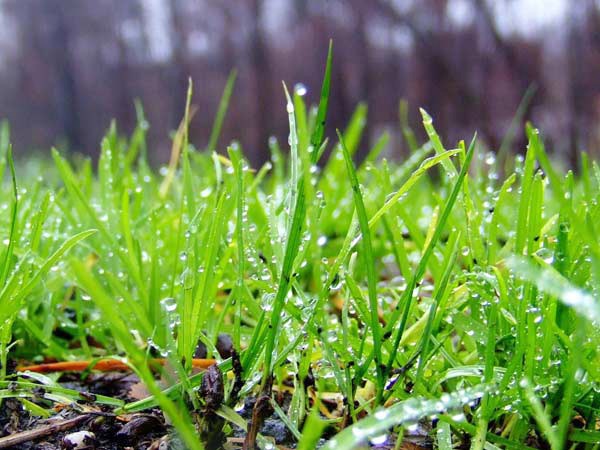The Editor,
Re. “No easy answer, beetle battle continues” (The Tri-City News, June 21).
Managing lawns with just one or a few varieties of grass can be challenging in the face of the European chafer beetle. However, there are clear strategies that would likely mitigate the problem.
One approach, well known in forestry circles, is to use mixed-species. Monocultures — plantings with just one species — tend to be more vulnerable to disturbance agents such as insects. If the one species is susceptible to a given agent, then likely most of the planting will be lost during an attack.
If a variety of plant species are used, then an insect infestation is less likely to destroy the crop. This is because different species have varying resistance to disturbance agents. One species may succumb while the rest continue to thrive. Also, the spread of a pathogen tends to be slowed down in a mixed species landscape since the susceptible plants have wider separation.
To be most successful, the idea that lawns need to be comprised solely of grass species is best discarded. Mixed-species lawns would include vegetation such as clover and field daisy. Such lawns would serve well the same functions of traditional grass turf. They are green, can look neat when trimmed and can have a lush appearance when well cared for. A game of badminton works just as well on a mixed planting as it does on a grass monoculture.
A great example of the success of such mixed species lawns can be seen on the Riverview Hospital grounds. The chafer beetle has had very little effect on the large expanses of green there despite problems in many surrounding areas. The lawns make a fine accent to the trees and buildings on the grounds.
While the mixed-species lawns described here would not work under every circumstance, I suspect that this approach would function well in most situations.
Wolf Read (PhD, forest science), Coquitlam
TRY TARPS
The Editor,
I have found a way to protect my lawn from the pesky chafer beetles and the raccoons and skunks that eat them.
Chafer beetles emerge from the ground in late May to early July, mate and then the female goes to the grassy areas to lay her eggs.
During late May to early summer, I lay tarp down and secure it with stakes. The hatched beetles can crawl from under the tarp but cannot get to the grassy areas to lay their eggs due to the tarp.
As the beetles only emerge at dusk (about 9 to 10 p.m.) and there is no activity during the day, I uncover the lawn every two to three days so I don’t kill the grass. I water and cut the grass if needed. I have 900 sq. ft. of grass and it takes me just under an hour as I have multiple tarps.
This method only needs the initial cash outlay for the tarp as it can be used every year. As the beetle cannot lay its eggs due to the tarp, the raccoons and skunks have no grubs so don’t destroy the lawn looking for a meal.
Peter Barrington, Coquitlam



